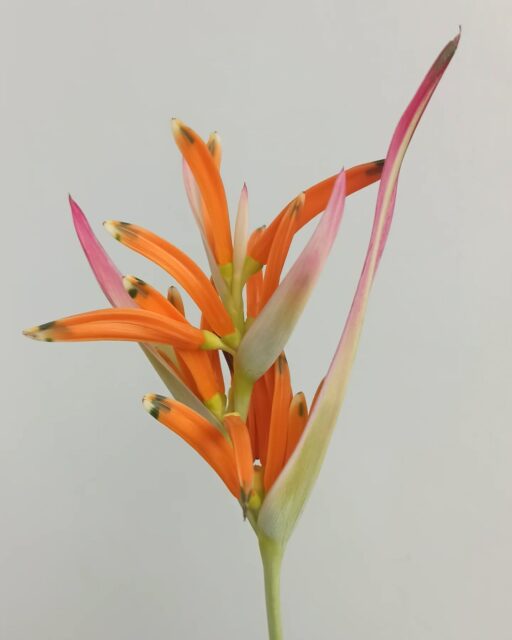Experience
Explore our interconnectedness with nature through various people-plant interactions.
Learn
Join our professional workshops and courses
in horticultural therapy and therapeutic horticulture.
Read
Catch up on published research findings and other writing related to people-plant interactions.

BY WIND AND WAVE (Singapore & Worldwide)
People-plant interactions with Siang Yu Tham 翔宇 🌿Therapeutic horticulture 🌿Permaculture 🌿Trauma-informed 🌿Recovery-oriented 🌿Working with nature![Showstopper. #august #flowers #singapore]() Showstopper. #august #flowers #singapore2 weeks ago
Showstopper. #august #flowers #singapore2 weeks ago![When things get busy, growth in the garden tends to get overlooked. As I entered the garden this morning, a lime butterfly flew away. I had missed its metamorphosis. It was munching the leaves of my lime plant just 10 days ago, and I lost sight of it when it went into pupation. Goodbye, I wished it in my mind. 🦋
Our third loofah was harvested today. The first two gourds had matured before we even noticed them, and by then it was too late to harvest them to eat. So they'll remain on the vine to dry. 🥒
Some things can still be enjoyed past their maturity but some moments, when missed, are lost forever. While you are busy in your busyness, have you forgotten what's important? Have you missed out on what truly matters? I'll be spending a little more time in my garden today. How about you?
#therapeutichorticulture #horticulturaltherapy #plantparenting]() When things get busy, growth in the garden tends to get overlooked. As I entered the garden this morning, a lime butterfly flew away. I had missed its metamorphosis. It was munching the leaves of my lime plant just 10 days ago, and I lost sight of it when it went into pupation. Goodbye, I wished it in my mind. 🦋
Our third loofah was harvested today. The first two gourds had matured before we even noticed them, and by then it was too late to harvest them to eat. So they'll remain on the vine to dry. 🥒
Some things can still be enjoyed past their maturity but some moments, when missed, are lost forever. While you are busy in your busyness, have you forgotten what's important? Have you missed out on what truly matters? I'll be spending a little more time in my garden today. How about you?
#therapeutichorticulture #horticulturaltherapy #plantparenting1 month ago
When things get busy, growth in the garden tends to get overlooked. As I entered the garden this morning, a lime butterfly flew away. I had missed its metamorphosis. It was munching the leaves of my lime plant just 10 days ago, and I lost sight of it when it went into pupation. Goodbye, I wished it in my mind. 🦋
Our third loofah was harvested today. The first two gourds had matured before we even noticed them, and by then it was too late to harvest them to eat. So they'll remain on the vine to dry. 🥒
Some things can still be enjoyed past their maturity but some moments, when missed, are lost forever. While you are busy in your busyness, have you forgotten what's important? Have you missed out on what truly matters? I'll be spending a little more time in my garden today. How about you?
#therapeutichorticulture #horticulturaltherapy #plantparenting1 month ago![An activity best done after pruning the plants. We love zero-waste crafts! 🌿
#weaving #therapeutichorticulture #zerowaste]() An activity best done after pruning the plants. We love zero-waste crafts! 🌿
#weaving #therapeutichorticulture #zerowaste1 month ago
An activity best done after pruning the plants. We love zero-waste crafts! 🌿
#weaving #therapeutichorticulture #zerowaste1 month ago![Curious minds discovering the natural world! 💚]() Curious minds discovering the natural world! 💚2 months ago
Today is Racial Harmony Day. As we celebrate the diversity of people in our communities, we also celebrate the biodiversity in our garden.
#therapeutichorticulture #workingwithnature #nature #diversity2 months ago
Curious minds discovering the natural world! 💚2 months ago
Today is Racial Harmony Day. As we celebrate the diversity of people in our communities, we also celebrate the biodiversity in our garden.
#therapeutichorticulture #workingwithnature #nature #diversity2 months ago![Worth the wait.
#therapeutichorticulture #ediblegardening]() Worth the wait.
#therapeutichorticulture #ediblegardening2 months ago
"And above all, watch with glittering eyes the whole world around you because the greatest secrets are always hidden in the most unlikely places." Roald Dahl
#noticingnature3 months ago
Worth the wait.
#therapeutichorticulture #ediblegardening2 months ago
"And above all, watch with glittering eyes the whole world around you because the greatest secrets are always hidden in the most unlikely places." Roald Dahl
#noticingnature3 months ago![Recap: Last week, we facilitated a special session for those in helping professions. It was an opportunity for them to focus on themselves for a change, and to appreciate that some things are easier to accomplish with help 💚 Kudos to the group of professionals who demonstrate compassion and empathy in their work daily.
#therapeutichorticulture #selfcare #selfcompassion #mentalwellbeing #alliedhealth]() Recap: Last week, we facilitated a special session for those in helping professions. It was an opportunity for them to focus on themselves for a change, and to appreciate that some things are easier to accomplish with help 💚 Kudos to the group of professionals who demonstrate compassion and empathy in their work daily.
#therapeutichorticulture #selfcare #selfcompassion #mentalwellbeing #alliedhealth3 months ago
Recap: Last week, we facilitated a special session for those in helping professions. It was an opportunity for them to focus on themselves for a change, and to appreciate that some things are easier to accomplish with help 💚 Kudos to the group of professionals who demonstrate compassion and empathy in their work daily.
#therapeutichorticulture #selfcare #selfcompassion #mentalwellbeing #alliedhealth3 months ago![An ode to the ones who build in silence.]() An ode to the ones who build in silence.3 months ago
An ode to the ones who build in silence.3 months ago

BY WIND AND WAVE (Singapore & Worldwide)
People-plant interactions with Siang Yu Tham 翔宇 🌿Therapeutic horticulture 🌿Permaculture 🌿Trauma-informed 🌿Recovery-oriented 🌿Working with nature
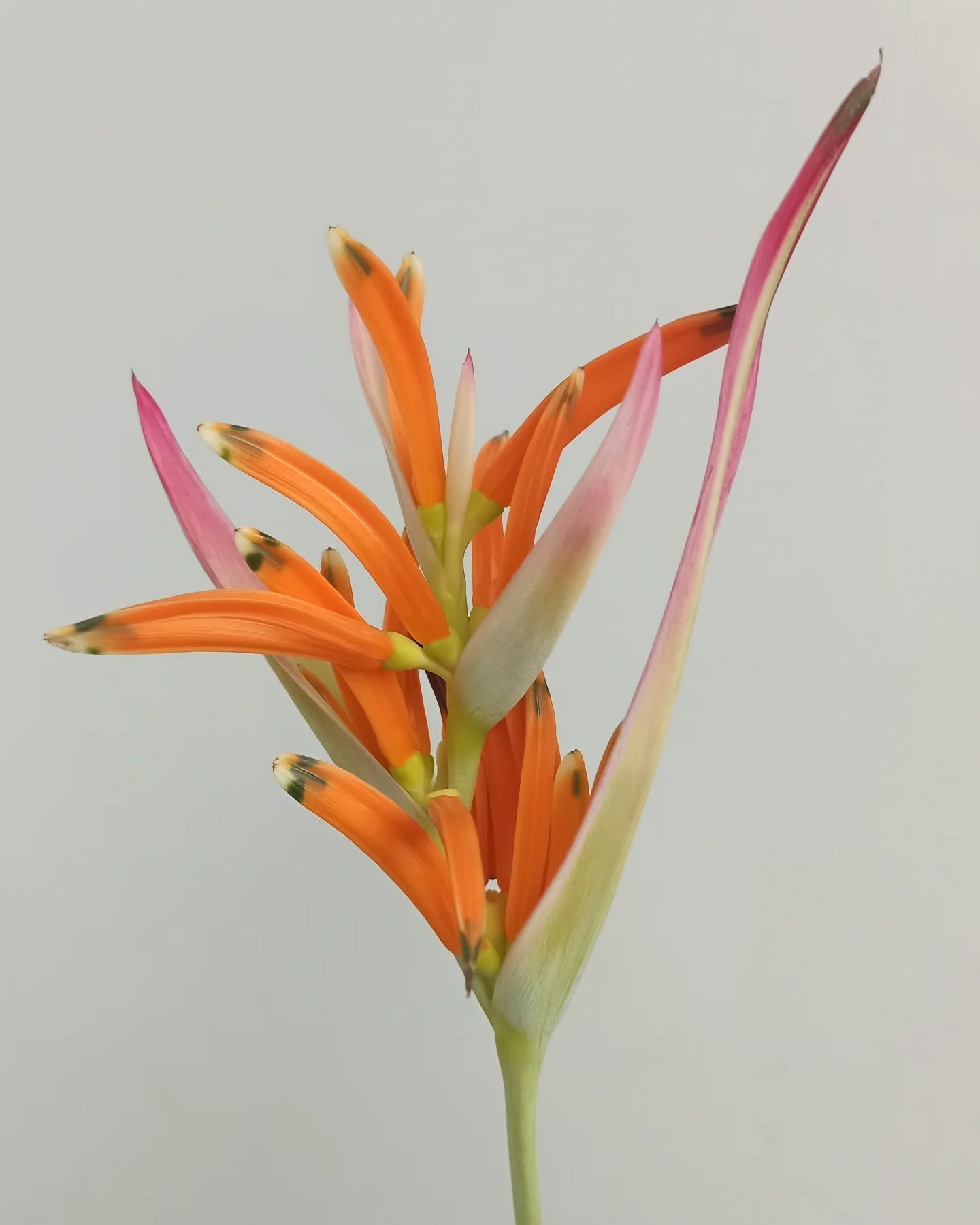
Showstopper. #august #flowers #singapore
2 weeks ago
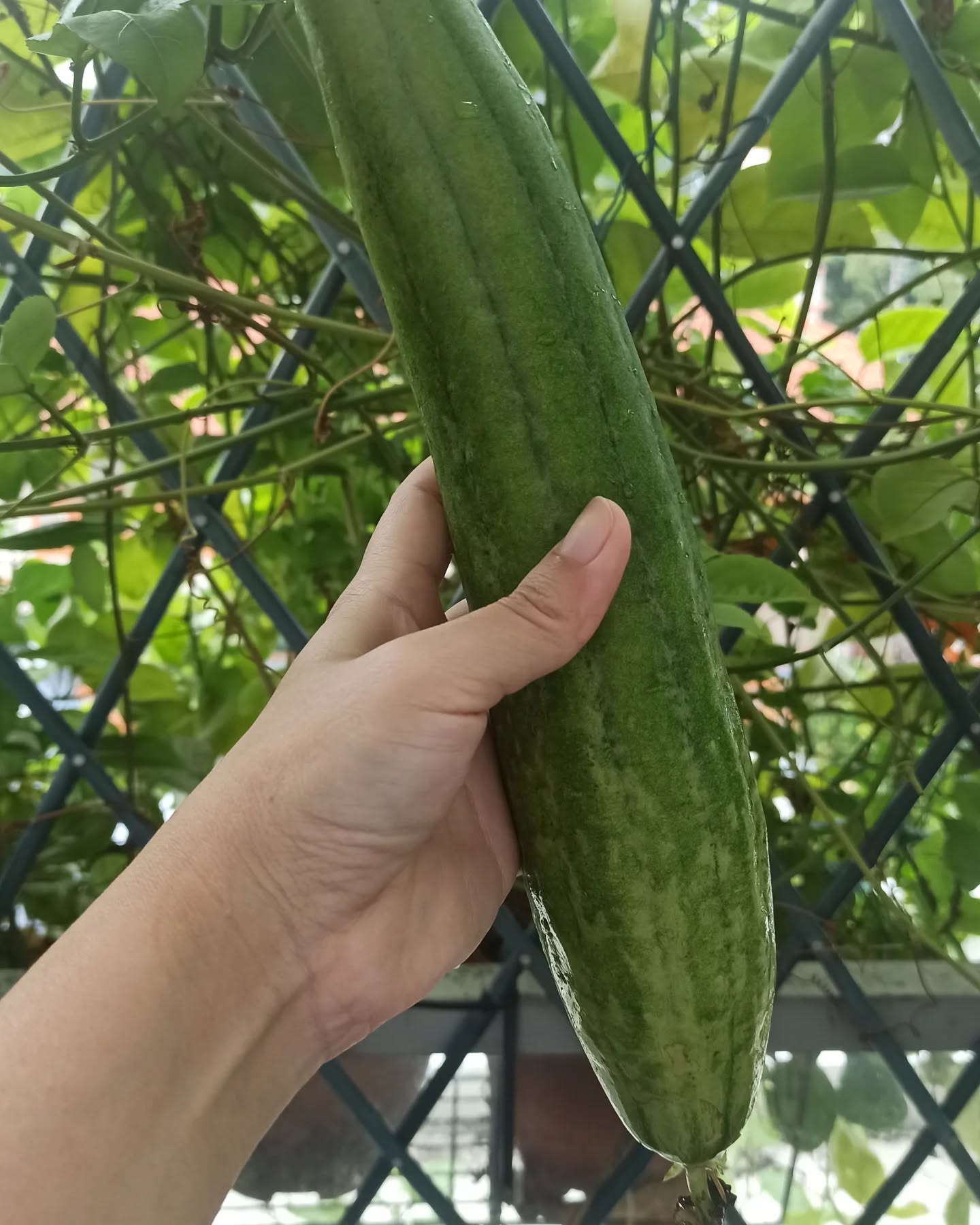
When things get busy, growth in the garden tends to get overlooked. As I entered the garden this morning, a lime butterfly flew away. I had missed its metamorphosis. It was munching the leaves of my lime plant just 10 days ago, and I lost sight of it when it went into pupation. Goodbye, I wished it in my mind. 🦋
Our third loofah was harvested today. The first two gourds had matured before we even noticed them, and by then it was too late to harvest them to eat. So they'll remain on the vine to dry. 🥒
Some things can still be enjoyed past their maturity but some moments, when missed, are lost forever. While you are busy in your busyness, have you forgotten what's important? Have you missed out on what truly matters? I'll be spending a little more time in my garden today. How about you?
#therapeutichorticulture #horticulturaltherapy #plantparenting
1 month ago
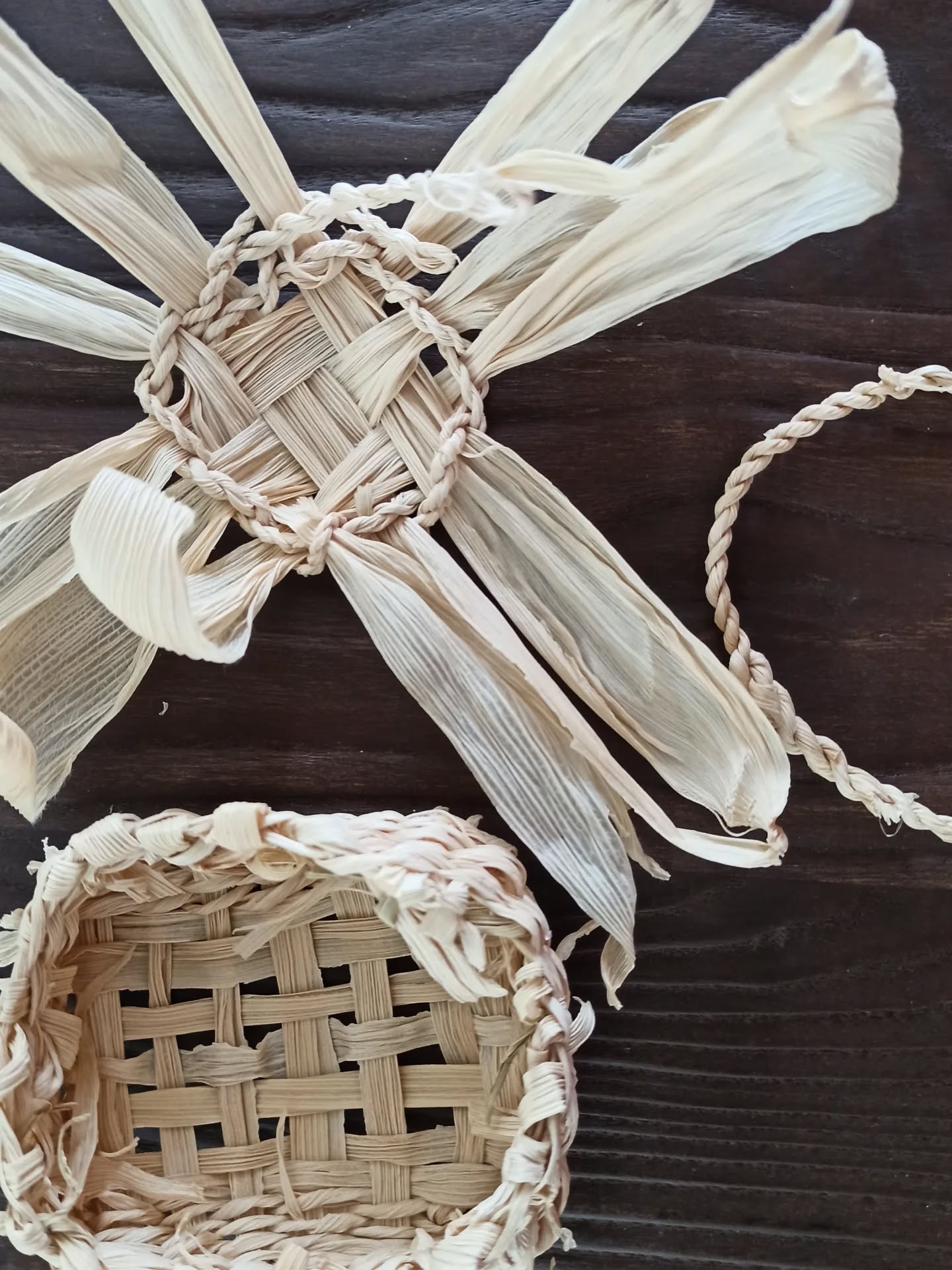
An activity best done after pruning the plants. We love zero-waste crafts! 🌿
#weaving #therapeutichorticulture #zerowaste
1 month ago
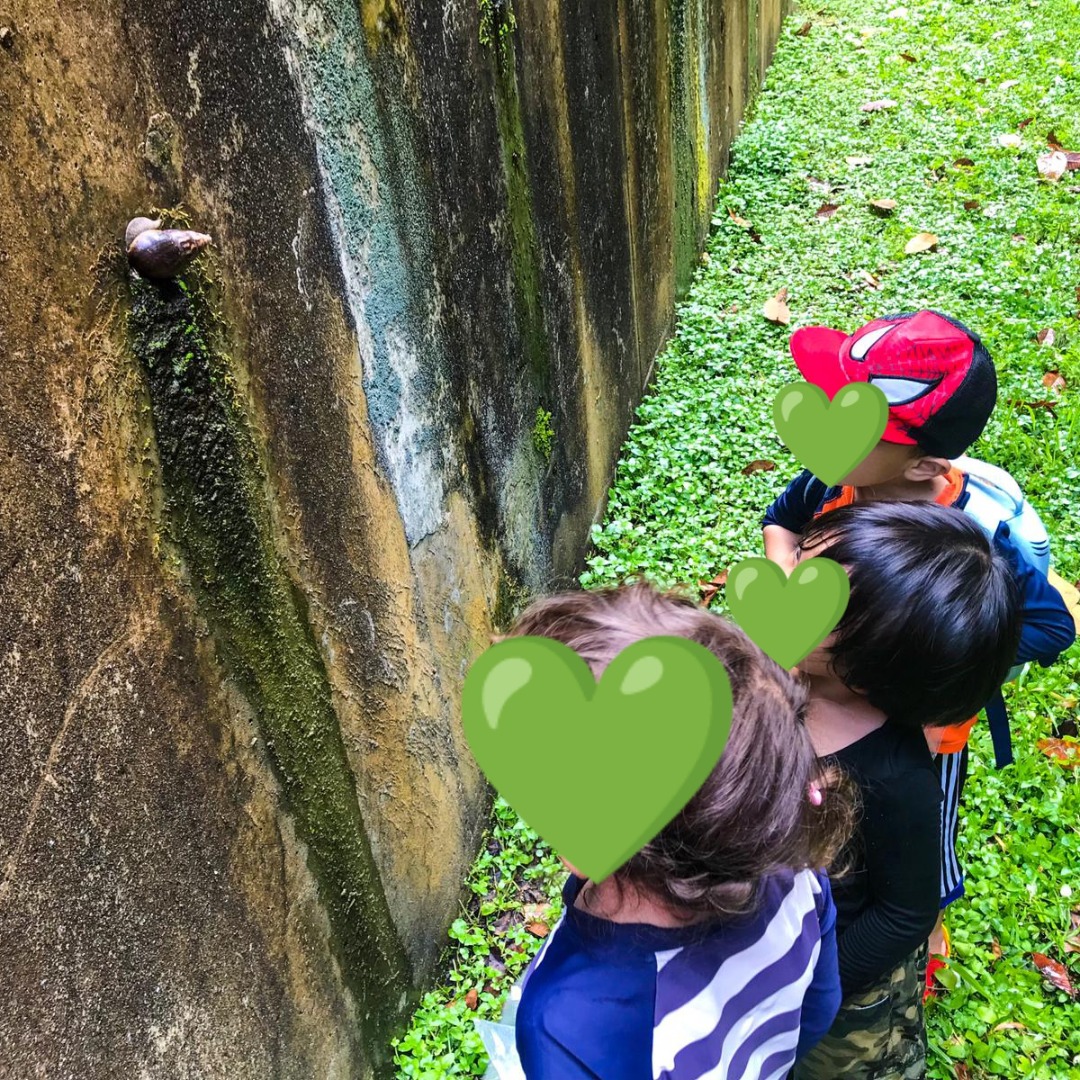
Curious minds discovering the natural world! 💚
2 months ago
Today is Racial Harmony Day. As we celebrate the diversity of people in our communities, we also celebrate the biodiversity in our garden.
#therapeutichorticulture #workingwithnature #nature #diversity
2 months ago

Worth the wait.
#therapeutichorticulture #ediblegardening
2 months ago
"And above all, watch with glittering eyes the whole world around you because the greatest secrets are always hidden in the most unlikely places." Roald Dahl
#noticingnature
3 months ago

Recap: Last week, we facilitated a special session for those in helping professions. It was an opportunity for them to focus on themselves for a change, and to appreciate that some things are easier to accomplish with help 💚 Kudos to the group of professionals who demonstrate compassion and empathy in their work daily.
#therapeutichorticulture #selfcare #selfcompassion #mentalwellbeing #alliedhealth
3 months ago

An ode to the ones who build in silence.
3 months ago


